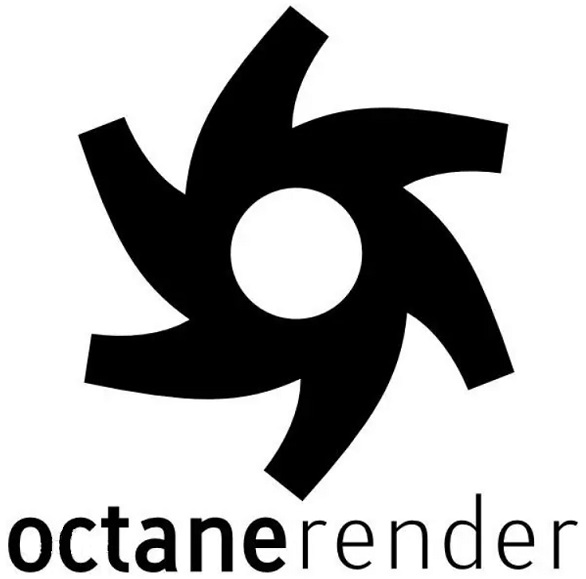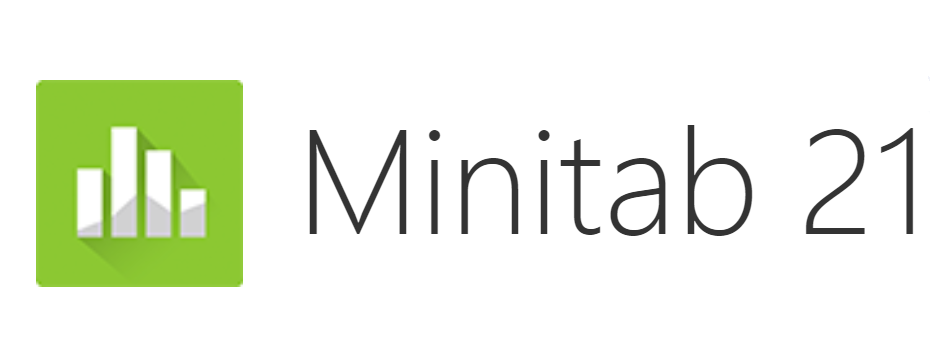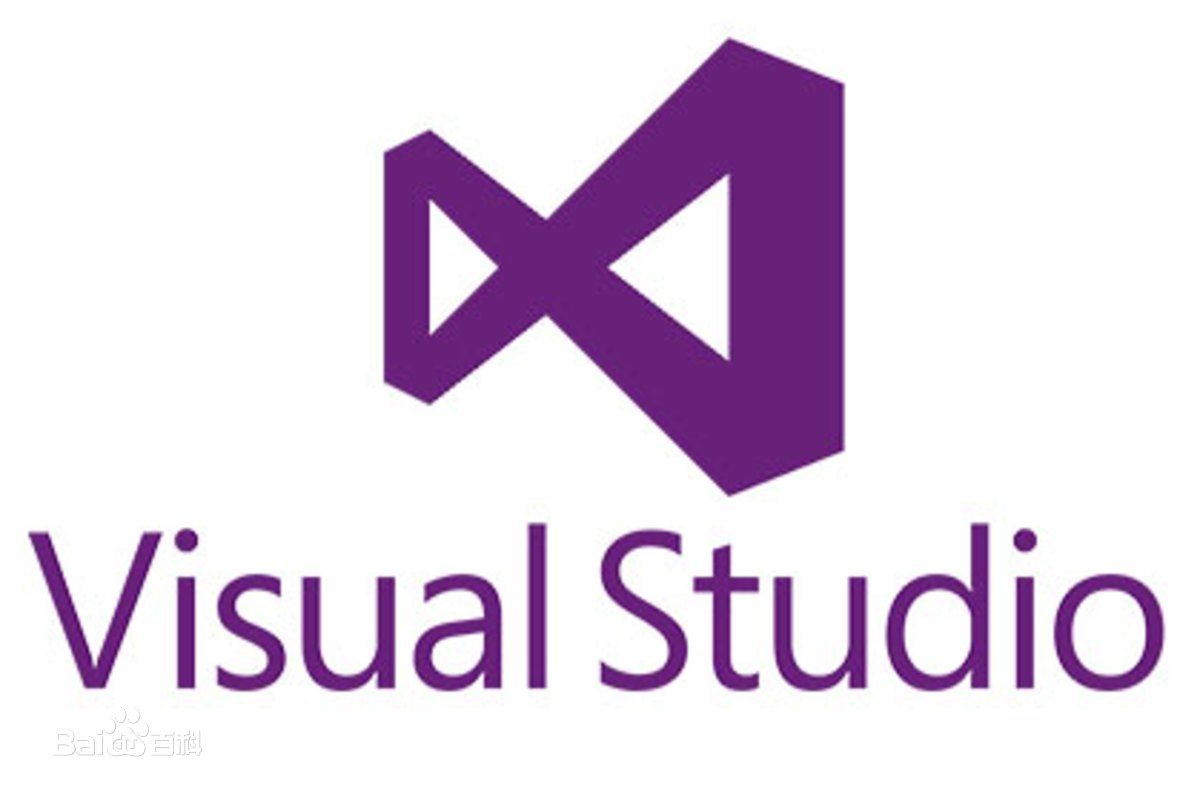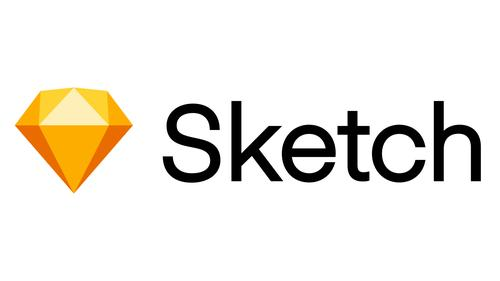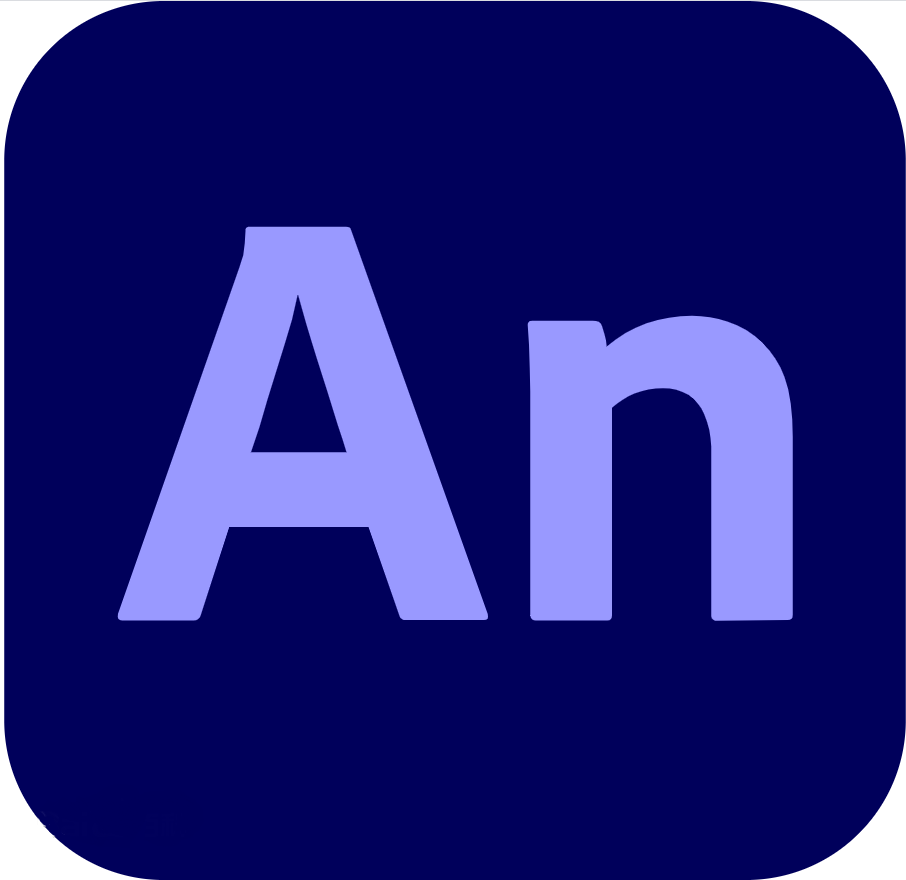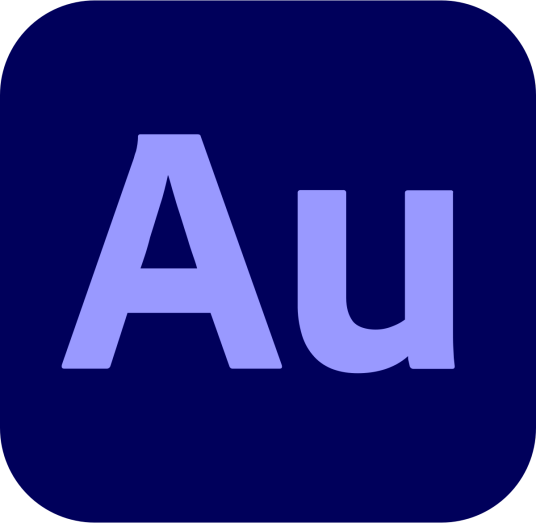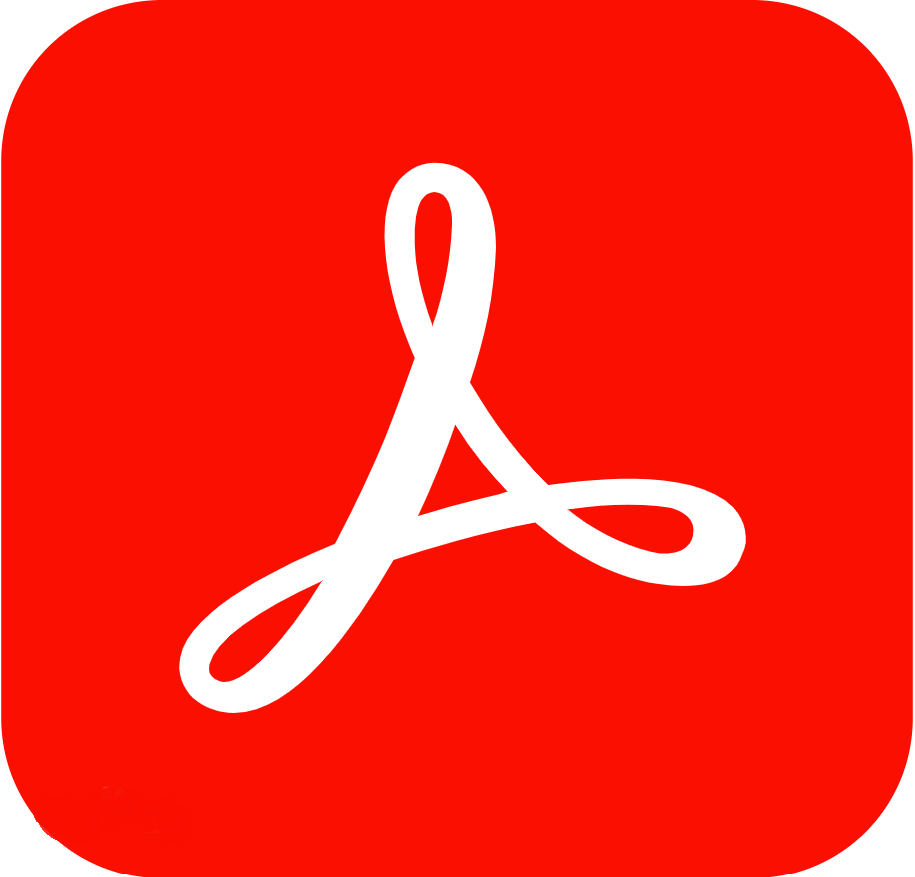
As a science fiction enthusiast, Ryan "Ry" Close was fortunate enough to participate in the production of blockbusters and opening sequences of his favorite genre.
His fascination with humanoid robots began with Ash in the 1979 film Alien and has continued since, inspiring many of his personal projects. Using ZBrush, Cinema 4D, Redshift, Substance Painter, Illustrator, and After Effects, his latest work explores the appearance of a damaged humanoid doctor.
As a traditional graphic designer undergoing training, Close's first 3D software package was Cinema 4D. That was in the early 2000s, which proved his entry into website user interface design and advertising and movie animation design. In 2012, investing in the ZBrush course expanded his 3D artist skills, and the creative freedom it gave him reminded him of playing with high blocks as a child, just following his imagination.
For science fiction fans, Cinema 4D and ZBrush have proven to be a powerful combination, giving them the opportunity to participate in iconic franchises. He is a freelance animation designer at Territory Studio's London office, having created dynamic graphics for "Prometheus" and then working full-time on films such as "Mobile Suit", "Blade Runner 2049", and "Pacific Rim: Uprising". In 2020, he joined Perception in New York City, where he participated in the production of Marvel movies, opening sequences, and product concepts.
He said that during this period, personal work has always been an important source of learning and creative freedom. A great creative director once talked about how important it is for designers to have personal creative channels, because you cannot expect to be satisfied in your work. This really impressed me, as I always try to work on several personal projects at the same time, allowing me to experiment and learn new tools.
For the Cyberpunk Android project, his inspiration came from the damaged medical robots in "Raised By Wolves". I like the idea that it's done so well and still functioning properly despite being damaged. I think creating an unfinished or damaged robot would be cool, as it provides more ideas for exploration, such as its purpose and how it was damaged. It's also an opportunity to use ZBrush to carve facial expressions more deeply. Anatomy and facial expressions are the most challenging, and I always feel like I can improve, so projects like this are the perfect way to develop my skills, "he added.
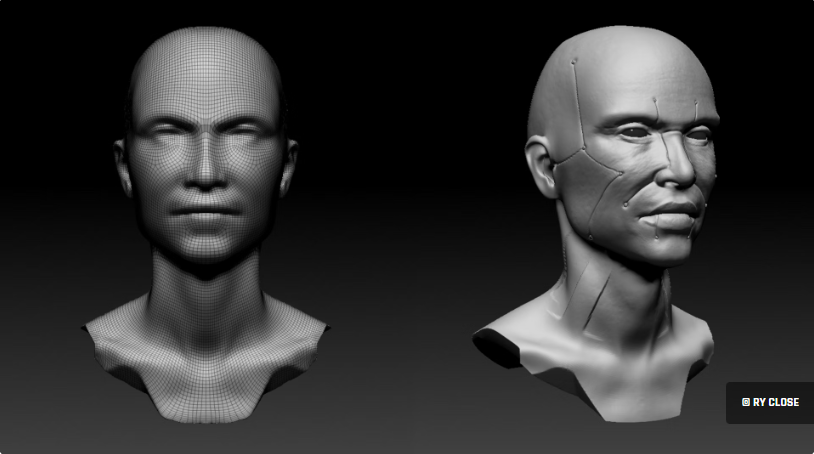
To unravel his workflow, he first started with customizing the basic grid. I used DamStandard, Pinch, and Move brushes to create interesting details and facial features. I added small, connected bolts in the main areas of the face to truly showcase the characteristics of the cyborg. I also started using simple shape alphas to obscure the area around the neck
Inspired by the movie 'The Creator', he wanted to use a mechanical appearance of compression on the back of his head.
This is where the real-time Boolean function comes into play, as it can dynamically cut shapes. To make the mechanical appearance more realistic, I used some kitbash assets such as cans, tubes, and other plugins to fill the robot and give it some very interesting details.
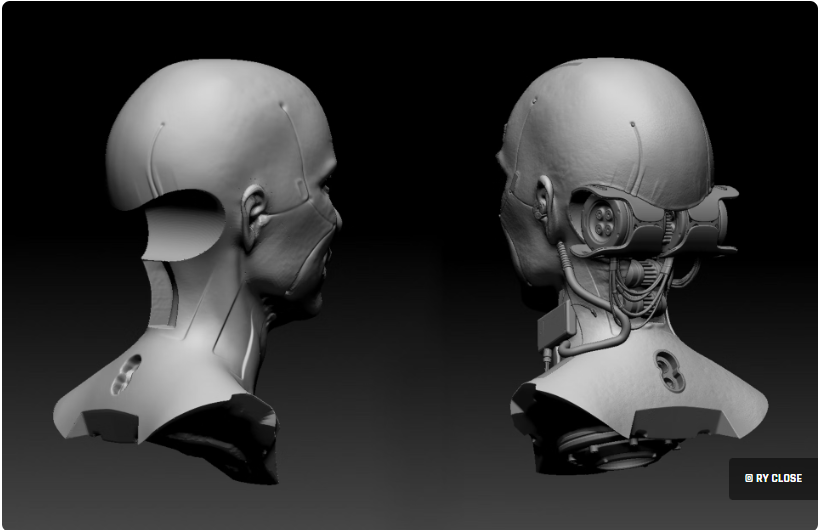
In the finer detail stage, he first subdivides the base mesh to the third level (9 million polygons), providing an appropriate number for the scaling level he wants to use. I also turned off symmetry - which is always a scary moment - but it is necessary to obtain facial asymmetry, which is crucial for creating trustworthy features, "he said. He uses DamStandard brushes to define creases and wrinkles, and uses Inflation brushes to improve them, adding finer details and more subtle expressions to the face.
The final stage of appearance is to export the UV master's mesh with UV made in ZBrush as FBX to Substance Painter, where he adds base skin colors, paint decals, and wear.
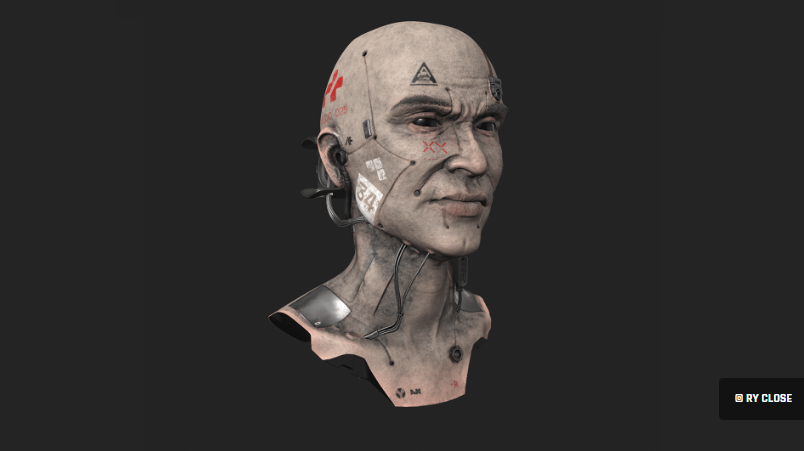
My first Redshift rendering felt like it really needed some atmosphere and environmental elements to make it come to life. As it was a medical robot, I added a ceiling light with cables, a surgical light to the scene, and more kitbash assets to enhance the machine elements. I used atmospheric light to give it more presence, and then added some new native Cinema 4D particles and a small turbulence modifier to add some dust particles as separate channels to the synthesis
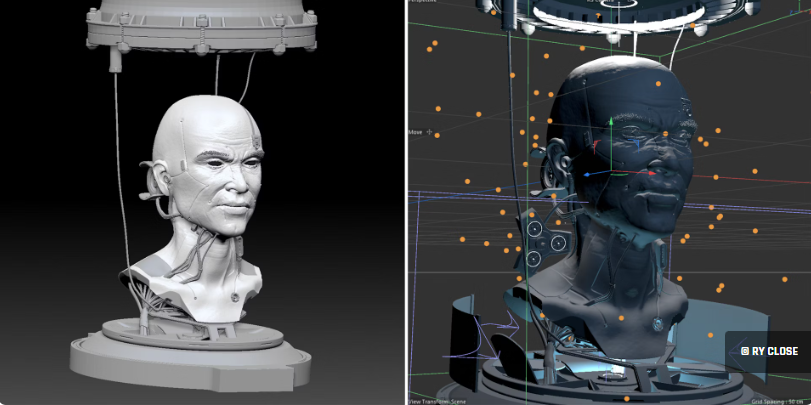
The final step is to add a HUD with a custom user interface. I am developing a series of Android busts of different characters and feel that the user interface will connect them together in context and give people an impression of the future world they inhabit, "Klose said.
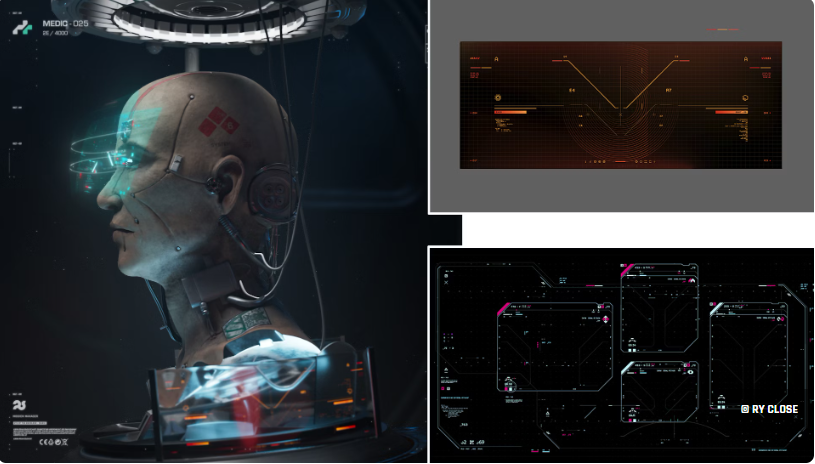
Currently, Close is developing female robots in this series and enjoys the process. So far, the most valuable thing is creating in ZBrush. Once you have a cool idea and creative inspiration, it's full of fun.



